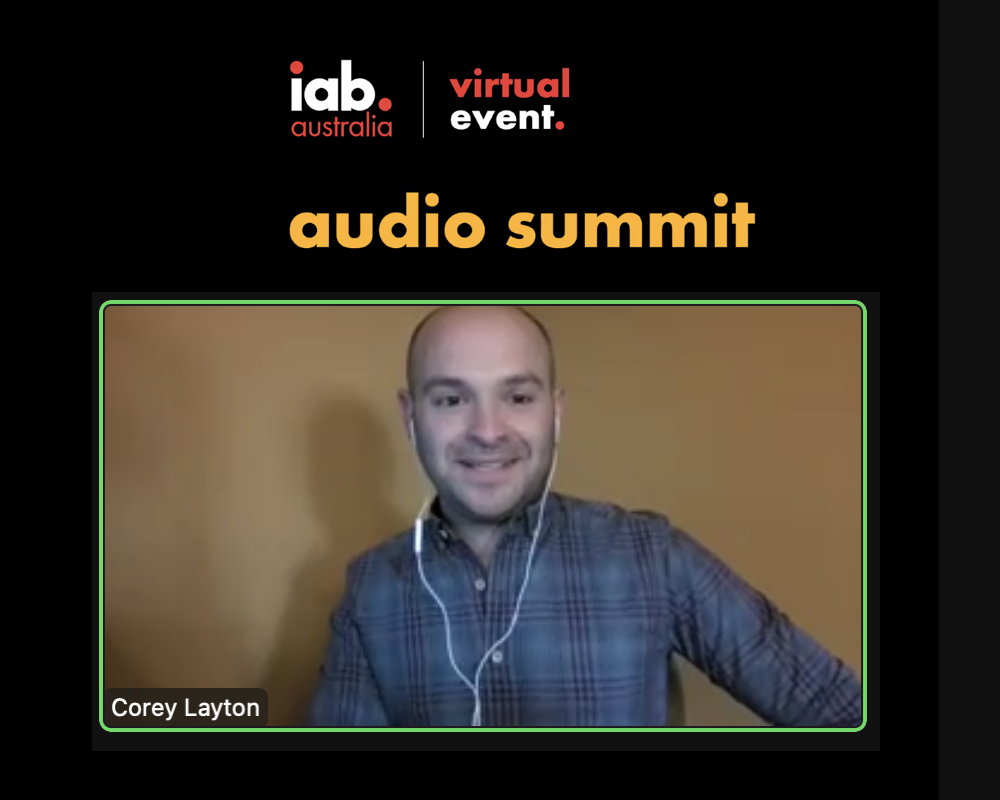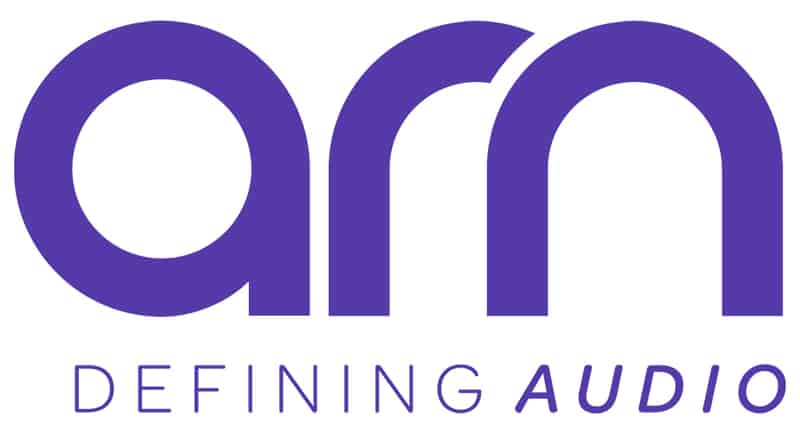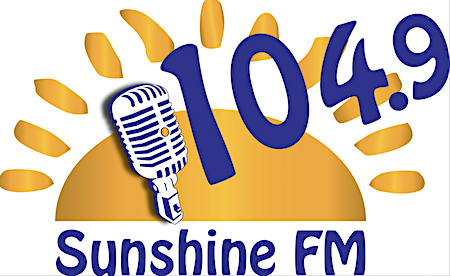Mythbusted: You can measure ad effectiveness in podcasts

ARN’s Corey Layton corrected the myth that you can’t measure ads in podcasts during yesterday’s IAB Audio Summit, so we went to Corey for more information about his myth busting statement.
“There’s a perception of podcasts being the wild west, but that myth has been blown apart in recent years. Though as shown from the responses in this year’s State of the Nation, it’s a firmly held belief.
“Over 30% of media agencies say the lack of measurement and effectiveness measures affects their investment into podcasts. It proves that the IAB members need to better communicate the industry’s vast changes,” says Corey.
There are four types of effectiveness measures available for podcasts:
1) Brand Lift Studies: The original reporting method for podcasts, that’s still widely utilised. All major broadcast audio networks can offer brand lift study opportunities through their in-house research teams. The methodology is usually a pre and post campaign survey of a sample community to measure responses before and after being exposed to the creative. Metrics include: Prompted & unprompted awareness, Brand statement association, Campaign & creative recall, Purchase Intent / product trial.
2) Campaign Measurement: Publishers can now provide advertisers with real time access to their campaigns, to monitor Reach & Frequency, Geolocation and Delivery. The same technology also works to unite campaigns airing across multiple publishers providing universal measurement. Providers that facilitate this service via publishers include Podsights and AdsWizz. Publishers provide access to agencies, via a link to monitor campaign in real time.
3) Attribution: Brands can now take podcast measurement a step further. This works by placing a pixel on the podcast ad and another on the brand’s website or app. When the same device that heard the ad is seen on the brand’s site, the attribution is logged. Brands can tagup their website to follow podcast listeners through the funnel across product views to purchase. Promo codes and vanity URLs are a thing of the past.
4) Footfall: Footfall attribution is now also in place across the audio industry with great success due to the mobile-first nature of audio. Location providers (Bliss, Near, Hyp) provide pixel tracking on the creative, matched with location data to provide attribution. These typically track visitation rates, average visits per person and uplifts compared to a control group.
Related report:


